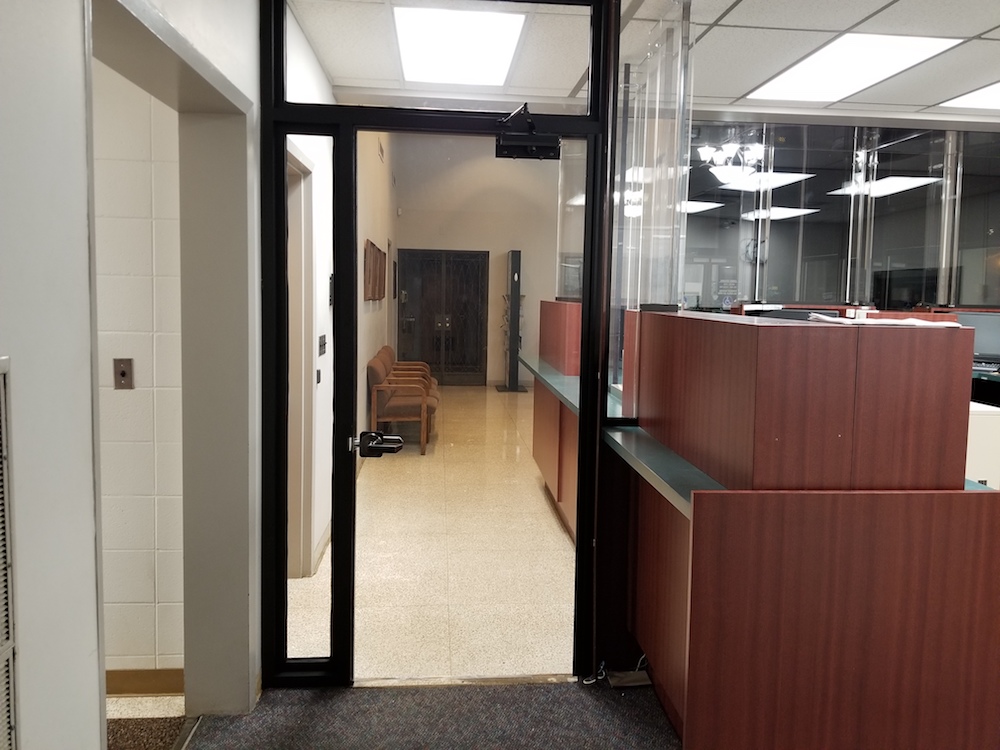The past decade has seen a significant shift in bulletproof barriers. This goes beyond just improved aesthetics and engineering. At a fundamental level, the design goals themselves have evolved.
“We’ve evolved past just thinking about shootings or robberies,” explains Total Security Solutions CEO Jim Richards. “Because even if no one fires a shot or steals a single dollar, the robbery attempt itself is traumatic.” The threat of violence, all by itself, harms workers.
Over the course of decades spent in physical security, Jim has watched his clients’ priorities shift. At one time, people looking for bulletproof barriers seemed primarily worried about protecting assets. Today, “it’s really moved to focusing on protecting people, not assets. That’s in line with what we’ve said for a long time: Your people are your most valuable assets.” And protecting people means more than just protecting them physically. They also need to be protected emotionally.
Designing Bulletproof Barriers to Emotionally Shield Workers
The preventative impact of the system is as valuable as the material engineering. First and foremost, Jim finds that people rarely shoot his bullet resistant barrier systems. In part, this is due to the fact that once a barrier is in place, a robbery is simply less likely—bulletproof barriers make excellent deterrents. And the presence of that barrier makes shooting less likely. On top of that—as Jim has often noted—violent crime has been on the decline overall in the United States since the 1990s. In other words, many parts of the U.S. see far fewer violent crimes than ever before.
But this doesn’t match public perception—and it doesn’t mean that every day at work is a cakewalk. Daily anxiety about what might happen has long-term and short-term negative affects on workers. “You get a disgruntled customer,” Jim says, “you get somebody coming in making threats or acting erratic or doing things. They don’t necessarily have to pull a gun and shoot somebody or do something to make that environment awful for the workers. In some jobs, that can be every week, if not every day.”
TSS has especially sees the impact this has had on utility, cable, phone, and medical payment offices—where emotions run high. It’s also a key concern in schools, which are the site of family and custody disputes on a daily basis.
Physical Security and the Worker Satisfaction Crisis
A 2016 study commissioned by the International Interior Design Association (IIDA) and the Business and Institutional Furniture Manufacturers Association (BIFMA) found that only about half the U.S. office workforce qualified as “highly satisfied.” Highly satisfied workers are highly engaged, enthusiastic, regularly volunteering ideas to improve the organization, and willingly giving their time to support co-workers. They drive the success of an organization.
But that other half of the workforce—the less-satisfied workers—that’s another story. This survey found that 85% of less-satisfied workers frequently think of quitting, only 17% would stay in that same job another year (given any other opportunity), and a startling 90% would not “always take action to protect the organization from potential problems.”
And this was a survey of office workers, who have relatively few unpredictable interactions with the public at large. Compare that to a customer and public service roles, and you have a very bleak employment picture.
“Imagine having to work in an environment,” Jim says. “The next guy through the door, he could come in screaming at you about his cell phone bill. He could demand to see his kid, even though you know there’s a restraining order. Imagine working in that environment and not feeling secure. You get an opportunity to go someplace else, and you take advantage of that—even if you like your job, you don’t like being uncomfortable like that, and you don’t like the uncertainty. Employee turnover, employee satisfaction, employee retention, all of these play into the benefits of having a bullet resistant barrier.”
Designing Physical Security to Increase Worker Safety
Jim and his team have found that the psychological distance created by a properly designed barrier makes a world of difference. For example, as Holly S. Eades, Vice President of Finance for Clark Energy, described after having their bulletproof barriers installed:
“It’s really amazing, just the sense of security the employees feel. You know, now you get there and you’ve got somebody screaming at you, and there’s some distance between you and their emotions…this felt 10 times better.”
And it wasn’t just the workers behind the glass who were able to let their guard down. Because of the added physical security, Holly Eades could let her own guard down, too.
Well designed solutions—be they a mass notification system or bulletproof barriers—solve many problems at once. They result in a net increase in safety and daily improvements for your staff.



